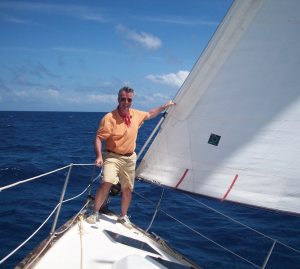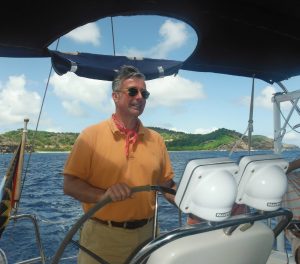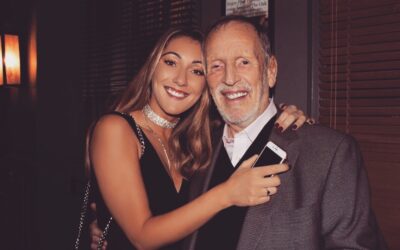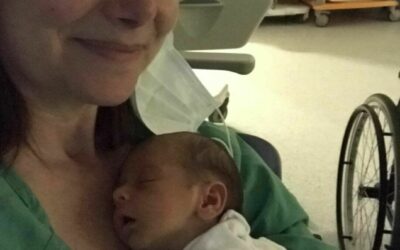My reverie’s interrupted by the bleep of one of the cock-pit instruments. It’s the generic signature of digital machinery. A while ago those same beeps – but more of them – came from a phalanx of glowing green-screened instruments that penetrated my drugged up fug as I ebbed and flowed from consciousness to bewilderment, fear and beyond.
From nowhere, I’d been laid low by Guillain-Barre syndrome (GBS), a rare disorder that hits about 1200 people in the UK each year, attacking the peripheral nervous system. In two days, just like that, it took my legs away; they were dead; useless. Around 5% of patients die, but I was lucky. After a week in high dependency unit where they pumped me full of anti-bodies I was walking again, tottering more like, but vertical.
But there was one thing I wanted more than anything else: to sail again. And it was only thanks to a nightmare that my Antigua dream became a reality this April. But it was better than that. For keen sailors there’s no better than that. For keen sailor’s there’s no better time to visit than in Antigua sailing week when over 100 yachts from all over the world converge on Antigua to race and play in one of the world’s premier regattas. On a day of stiff breezes we ventured out on a catamaran to chase the action, sipping rum punches as the sea frothed with a spectacle that looked like a thousand butterflies dancing on peaks of meringue above a quivering jelly of blue Curacao. For lunch we “anchored” by tying up to a palm tree on one of the 365 beaches on this 180 square mile island paradise that measures barely 17 miles by 12.
Earlier, at our base, the St. James Club I’d taken a hobiecat fun catamaran for a sail in the hotel’s sheltered bay. Later on a break from the water, we travelled inland to ride a zip-line through the rain forest, but I soon found I’d over-reached myself. Standing there, kitted up like a tropical off-shoot of the village people in hard-hat and harness, my legs went very wobbly and I ducked out as 12 year olds whooped with joy zipping through the lush canopy above deep canyons. Possibly this was pure nerves, but a reminder, perhaps, that I have limits. For, since I recovered from GBS I’ve contracted a rarer chronic variant called Chronic Inflammatory Demyelinating Polyneuropathy (CIDP). If GBS is exclusive, this one is altogether more select, affecting about 500 people in the UK at any one time. It means that I have to spend a week in hospital once every eight weeks to get pumped full of good anti-bodies, which give me five-to-six weeks of good legs before they start to decline.

I live in two month windows, so perhaps the circumnavigation’s off. But that doesn’t stop you dreaming. And when I wasn’t on the water in Antigua I enjoyed ambling through the historic Nelson’s dockyard, when it’s restored Georgian buildings, and neighbouring Falmouth harbour, which are both boat-spotter’s paradises. There I spotted the high-tech leviathan Maltese Falcon, which when built in 2006 for her original owner, venture capitalist Tom Perkins, at a reputed cost of $200-million-plus was the largest private sailing yacht in the world. These days she’s for hire at $600,000 a week. Elsewhere lay a flotilla of the world’s most gorgeous classic yachts which had gathered in April for Antigua Classics week, one of the most glamourous events on an international classic yacht sailing circus that travels the globe with the seasons, chasing the sun from St. Tropez to New England. There, at her morning, lay the achingly beautiful 94ft Sumurun, built in Scotland in 1914, after taking overall honours among 65 world-class classics. Maintained to perfection with a gleaming white hull and lustrous honey varnish I drank in her lines and dreamed. As I slipped a cappuccino my eyes fell on the Antigua yacht club notice board, where boat gypsies loitered, looking for their next berth, chasing their own dreams. Sailing makes dreamers of us all; the trick is to make them happen.






